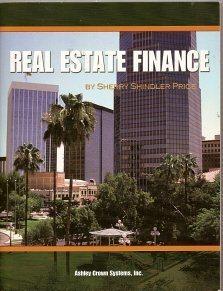Question
Suzanne had a summer job working in the business office of Blast-It TV and Stereo, a local chain of home electronics stores. When Michael Jacobssen,
Suzanne had a summer job working in the business office of Blast-It TV and Stereo, a local chain of home electronics stores. When Michael Jacobssen, the owner of the chain, heard she had completed one year of business courses, he asked Suzanne to calculate the profitability of two new large-screen televisions. He plans to offer a special payment plan for the two new models to attract customers to his stores. He wants to heavily promote the more profitable TV.
When Michael gave Suzanne the information about the two TVs, he told her to ignore all taxes when making her calculations. The cost of television A to the company is $1950 and the cost of television B to the company is $2160, after all trade discounts have been applied. The company plans to sell television A for a $500 down payment and $230 per month for 12 months, beginning 1 month from the date of the purchase. The company plans to sell television B for a $100 down payment and $260 per month for 18 months, beginning 1 month from the date of purchase. The monthly payments for both TVs reflect an interest rate of 15.5% compounded monthly.
Michael wants Suzanne to calculate the profit of television A and television B as a percent of the TVs cost to the company. To calculate profit, Michael deducts overhead (which he calculates as 15% of cost) and the cost of the item from the selling price of the item. When he sells items that are paid for at a later time, he calculates the selling price as the cash value of the item. (Remember that cash value equals the down payment plus the present value of the periodic payments.)
Suzanne realized that she could calculate the profitability of each television by using her knowledge of ordinary annuities. She went to work on her assignment to provide Michael with the information he requested.
Questions:
a. What is the cash value of television A? Round your answer to the nearest dollar.
b.What is thecash value of television B? Round your answer to the nearest dollar.
c.Given Michaels system of calculations, how much overhead should be assigned to television A?
d.How much overhead should be assigned to television B?
e.According to Michaels system of calculations, what is the profit of television A as a percent of its cost?
f.What is the profit of television B as a percent of its cost?
g.Which TV should Suzanne recommend be more heavily promoted?
h. Three months later, due to Blast-Its successful sales of television A and television B, the suppliers of each model gave the company new volume discounts. For television A, Blast-It received a discount of 9% off its current cost, and for television B one of 6%. The special payment plans for television A and television B will stay the same. Under these new conditions, which TV should Suzanne recommend be more heavily promoted?
Step by Step Solution
There are 3 Steps involved in it
Step: 1

Get Instant Access to Expert-Tailored Solutions
See step-by-step solutions with expert insights and AI powered tools for academic success
Step: 2

Step: 3

Ace Your Homework with AI
Get the answers you need in no time with our AI-driven, step-by-step assistance
Get Started


